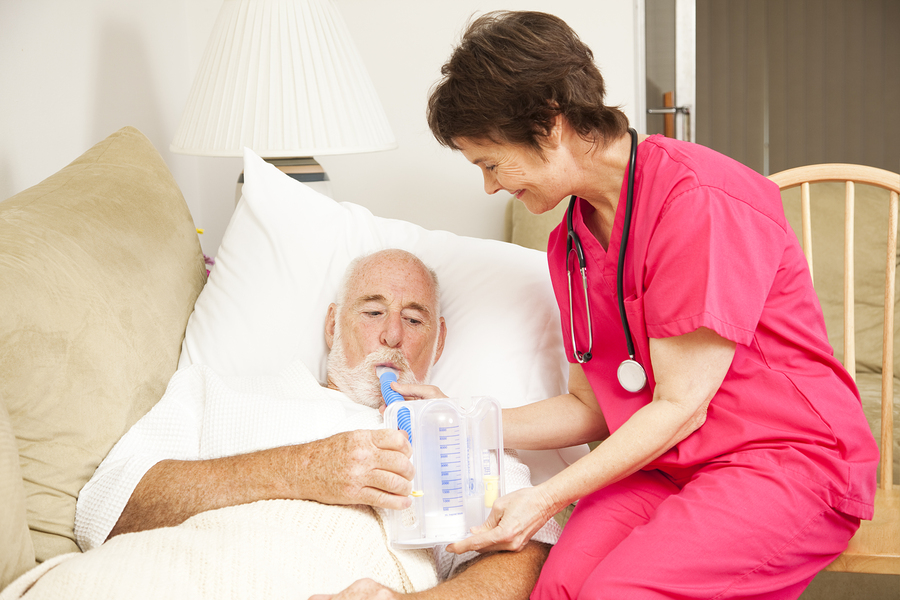Respiratory therapist career – Respiratory therapists are members of health care teams and participate in the diagnosis and treatment of respiratory and cardiopulmonary diseases. Whether in the public or private sector, there are many job prospects for these respiratory system specialists. To learn more about the profession, we asked Valérie Vachon, liaison respiratory therapist for the National Program for Home Ventilatory Assistance (NPHVA) at the McGill University Health Centre.
What does your work at NPHVA consist of?
I check the respiratory condition of people who need assisted ventilation at home. Specifically, I conduct the respiratory and clinical evaluation of the patient, make sure the medical equipment provided to him is functional and I validate the data measured by this equipment. Then I follow up with the doctor and make adjustments as needed.
My tasks also involve educating the patient. To do this, I advise him on various exercises suited to his condition. For example, for those suffering from a neuromuscular pathology (e.g., muscular dystrophy, amyotrophic lateral sclerosis) I will suggest movements aimed at releasing respiratory secretions.
As part of my work I regularly interact with various health professionals, including respirologists, nurse clinicians and other respiratory therapists. I am also in contact with the liaison teams in hospitals, CLSC personnel and others involved from organizations that specialize in home care.
What skills are sought to become a respiratory therapist?
The person must show initiative and be a quick thinker, especially in situations of respiratory emergencies where the life of the patient is in danger. She must also be able to work under pressure and in a team, while being autonomous.
What are the opportunities for respiratory therapists?
There are several branches of the respiratory therapist profession. In hospitals, this health professional works in sleep laboratories, in general respiratory care units (e.g., respiratory evaluation, administration of inhalers, etc.) or in critical care (e.g., intubated patients, arrival of trauma cases in the emergency room, etc.). He can assist the anaesthetist in the operating theatre or work in a research establishment. He is also a member of the resuscitation teams.
In home care, the skills of the respiratory therapist are used in medical follow-up and oxygen therapy for patients with chronic obstructive pulmonary disease (COPD). Finally, the private sector also offers interesting career possibilities.
Does the respiratory therapist’s academic curriculum differ from province to province?
Yes. The duration of training, which is either college or university, is three or four years, depending on the province. On the other hand, the concepts taught are the same, regardless of whether the respiratory therapist studies in Ontario, British Columbia or Quebec.
To practise as a respiratory therapist in Canada, you must:
- Have successfully completed one of the accredited courses in respiratory therapy;
- Pass the National Assessment Examination of the Canadian Respiratory Council or the Respiratory Therapy Test of Quebec;
- Be a member or have completed the certification of the Canadian Society of Respiratory Therapists (CSRT) and / or the professional order of the province in which you wish to practise.
